"Queer As Folk's" Representation Of Not Just Gay Men Makes It Must Watch Television
A new Queer as Folk for a new world
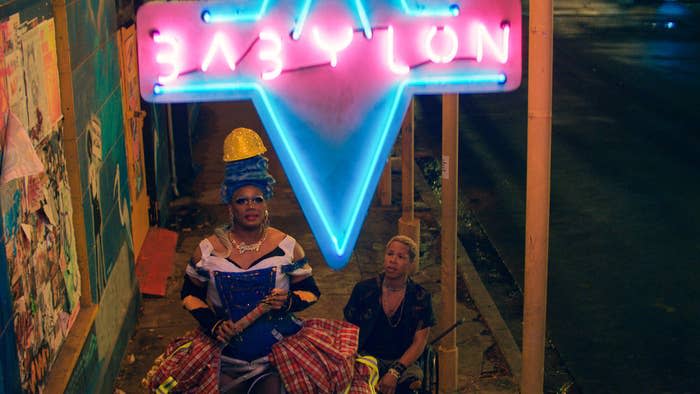
When both the original UK Queer as Folk and its American remake premiered at the turn of the 21st century, they gave the world a revolutionary look at gay life. Two decades later, their depiction of a mostly white, cis-gender group of gay men isn't very accurate to modern gay life any more.
While both shows stand strong in the queer television canon, they only represent a small margin of queer people, completely erasing trans and non-binary people and remaining very white throughout their original runs.
Luckily, this new update fills the cast with people from all across the LGBTQ+ spectrum and uses that to its advantage to tell worthwhile queer stories that are very rare.
Representing a new age
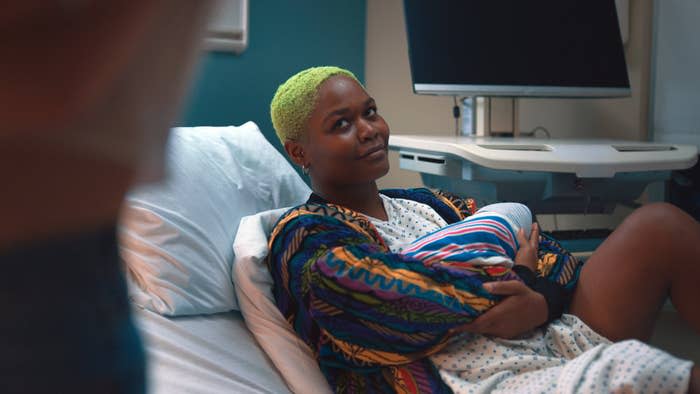
Queerness is ever-expanding. Not only in the ways we talk about it, but also in the ways we celebrate it. QAF shines its brightest when it celebrates its queerness in ways that are normally left on the cutting room floor.
Initially, the show sets up a high mountain to climb with the range of queerness presented in its early episodes. Most television shows will simply have a drag queen and check the LGBT box on their list before moving on to their straight leads, but throughout QAF there is a true queer sense of love and family that runs deep between the acting and writing that proves any doubters wrong.
The show quickly goes between important LGBTQ+ conversations at a breakneck pace. However, when the show slows down long enough to let its cast do their queer thing, some of the best moments to grace queer television can occur.
Jesse James Keitel and CG bring greatness front and center
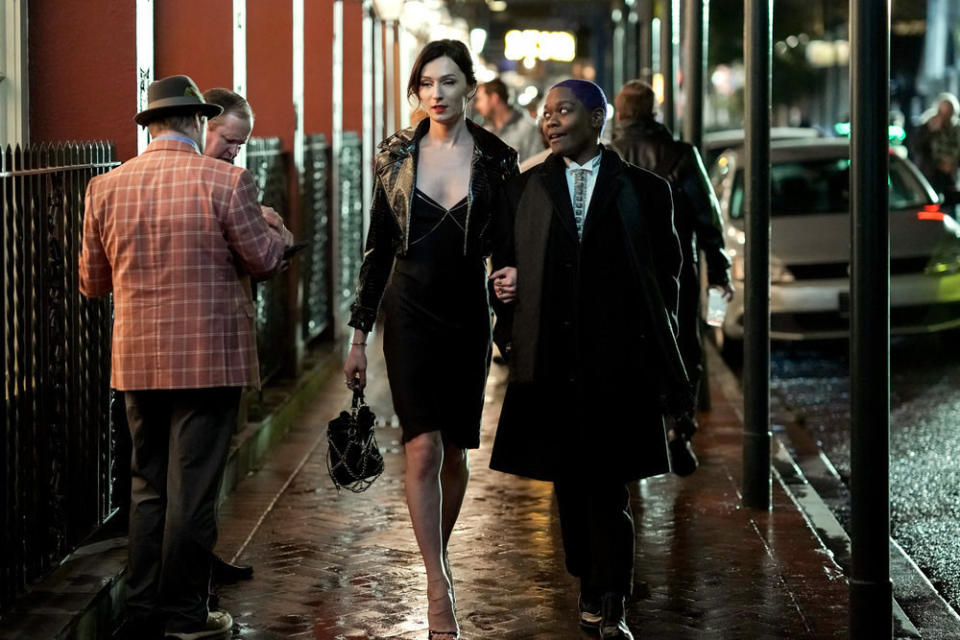
Two of the immediate stand-outs of QAF are Jesse James Keitel and CG as Ruthie and Shar, two parents to be trying to navigate a hetero-normative world. The complexities of both their relationship and storyline make for some of the best parts of the show in countless ways.
In an age where trans people are being attacked in almost every single way at every single second, it is truly incredible to see both characters utterly dominate every second they're on screen by the sheer humanity that shines through them. They display the fears that every parent would have through a beautiful queer lens while also not letting that be the only thing to them.
As queer parents, they beautifully represent the fears and struggles of trying to make it in this world, not only displaying LGBTQ+ parenting with depth but doing so without leaving behind any ounce of their queerness.
The sex is better than ever
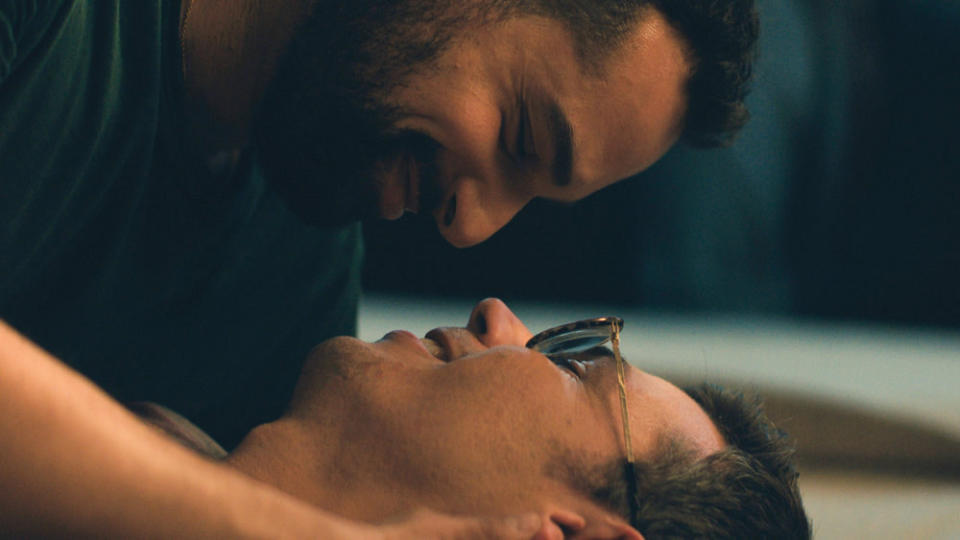
One of the most remarkable ways the show updates its representation is through sex. Queer as Folk has always been a show dominated by sex, which isn't far off from the real world, however, its originators always made sex a rather limited thing.
Sex is once again a pivotal aspect to the Peacock edition, but instead of limited depictions of hooking up, it goes for accurate and passionate. Sure, random hook-ups are a part of the queer experience, but more than once QAF shows real emotional sex scenes that are a crucial part of the show's success.
Keitel's performance in the show is very much centered on her sexuality, with the trauma of the shooting in the first episode making her sexually frustrated. While the plot point could easily become superficial after the trauma she faces early on, Keitel illustrates how essential sexuality is to queer people in masterful ways.
Ryan O'Connell and Eric Graise represent rarely seen identities with beauty
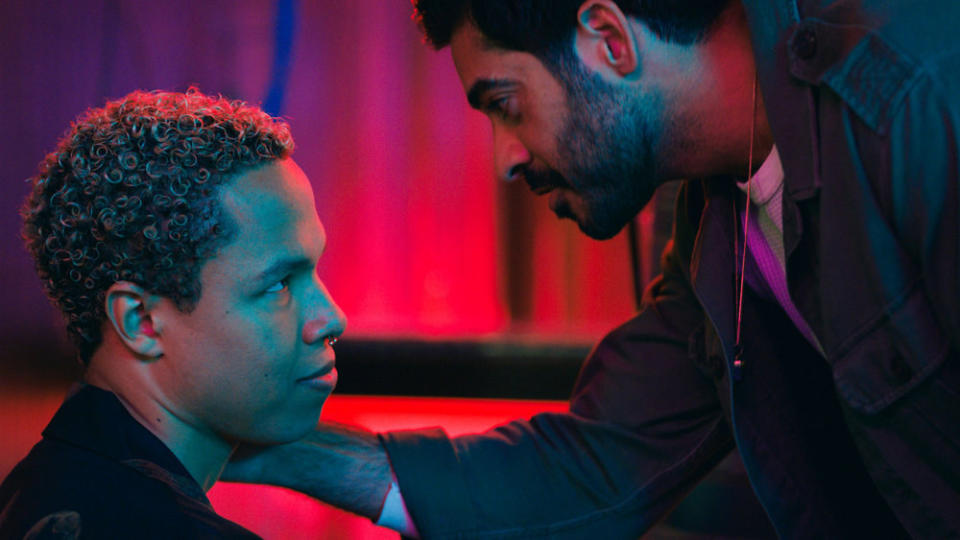
Queer as Folk breaks ground with its sex by letting its disabled characters portray sex like every other LGBTQ+ person. From the disabled sex party to seeing first dates and the important role of sex workers for disabled people, the show sets itself apart for not telling a story solely with queer people in it, but telling honest queer stories with queer people at the center.
Eric Graise as Marvin, an amputee in a wheelchair, is a genuine delight every time he is on screen, being hilarious, vulnerable, and scared, just like the rest of us. Both he and Julian, played by Ryan O'Connell, display two very different stories about love and sex but find the same beauty that makes the show worth watching.
Many times throughout the show there are conversations around disability, sexuality, and love that will stick in your mind long when the show goes off the air. The raw beauty that is shown through its unflinching sex scenes is a rare moment of representation that hopefully, other shows will copy.
Queer as Folk doesn't always stick the landing
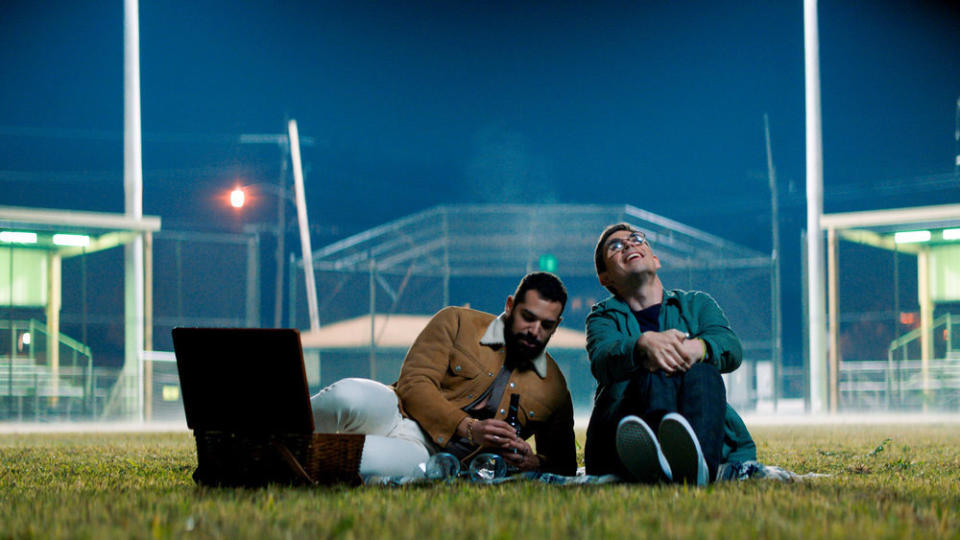
While the show wonderfully shows unseen sides of queerness, it doesn't always do it with the most care.
How consent is displayed in the show is often puzzling, with some rather unnecessary elements added in. Unfortunately, following the originals, the 2022 version has an underage kid having sex with an adult and then spending the rest of the season fawning after them, with hardly any discussion on the seriousness of that issue.
The show also displays meth use with a rather easy-going attitude, letting a character use the party drug as an escape from his grief for almost half the season. When the character admits his drug use to a romantic individual, the drug, and most conversations about it, completely disappear.
The show also has a double-edged sword with sex work, having it be a humanizing and heartfelt depiction of sex workers and people with disabilities, to having some major consent issues. When Julian's brother Brodie secretly hires a deaf sex worker to hook up with his brother, who doesn't find out until after the deed is done, it comes off as gross and unnecessary.
The show's strengths often lie in the earnest moments it works towards through its amazing cast. But too often the show undermines itself by letting things like meth use, consent, and exploitation not get the weight they deserve in the story, usually appearing as nothing more than plot points to progress the story.
(Hopefully) The start of an all-time classic
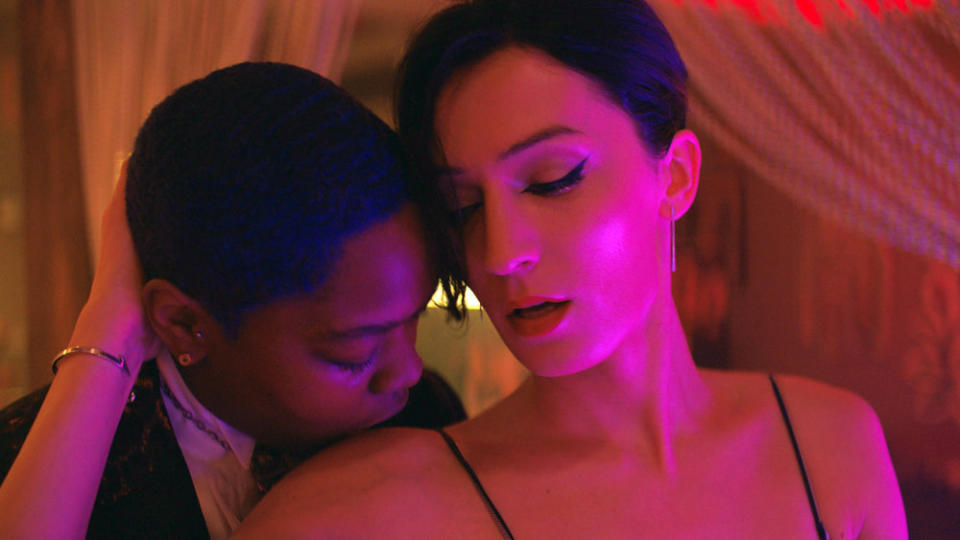
Queer as Folk is must-see television.
While it isn't perfect, its flaws are heavily outweighed by the amazing moments of LGBTQ+ excellence. The show updates its predecessors in every way it needed to, even if it still has some work to do.
The problems with QAF are not terminal, and the show has the potential to overcome those problems to become one of the most important LGBTQ+ shows ever. It is brave and bold in ways that even the queerest of shows don't always achieve and hopefully can inspire a new era of LGBTQ+ television.